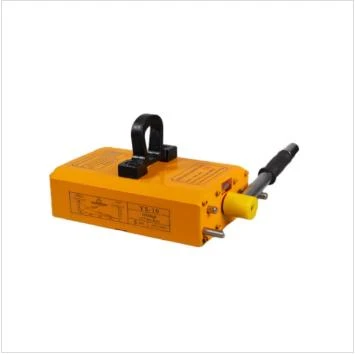machines to move heavy objects
Machines to Move Heavy Objects Innovation in Material Handling
In today's rapidly advancing world, the ability to efficiently move heavy objects is crucial across various industries, including construction, manufacturing, and logistics. Heavy lifting tasks can be safely and effectively accomplished with the emergence of specialized machines and equipment designed for this purpose. This article delves into some of the key types of machines used for moving heavy objects, their applications, and the future of material handling technology.
Types of Heavy Lifting Machines
1. Cranes Cranes are perhaps the most recognized heavy lifting machines. Available in various forms, including mobile cranes, tower cranes, and crawler cranes, they are capable of lifting and transporting massive weights over considerable distances. Cranes are widely employed in construction sites to lift steel beams, concrete panels, and large machinery. Innovative advancements, such as telescopic cranes that can extend their arm lengths and automated cranes with advanced control systems, have significantly improved lifting capabilities and operational efficiency.
2. Forklifts Forklifts are indispensable in warehouses and manufacturing environments. They are designed to lift and transport heavy goods over short distances. Forklifts come in different varieties, including electric, LPG, and diesel-powered versions, each tailored to specific needs. They can be equipped with various attachments, such as forks, clamps, or rotators, to handle different types of loads, from pallets of goods to bulky materials. The advent of automated guided vehicles (AGVs) and semi-autonomous forklifts has further streamlined operations in many facilities by reducing labor costs and enhancing safety.
3. Hoists Hoists are used to lift and lower heavy loads vertically, typically through a pulley system. They come in manual, electric, and pneumatic forms. Chain hoists are particularly popular in workshops and construction sites due to their robust lifting capabilities. Hoists are crucial for tasks that require precise control over load positioning, such as when installing heavy components in building structures or machinery.
4. Telehandlers Telehandlers combine the functions of a forklift and a crane. With an extendable boom and various attachments, telehandlers can reach high heights and maneuver in tight spaces. They are particularly useful on construction sites for lifting heavy materials, such as bricks, tiles, and scaffolding, directly to where they are needed.
machines to move heavy objects

5. Pallet Jacks For moving heavy pallets around warehouses, pallet jacks are indispensable. They allow operators to lift and move heavy loads with minimal effort. While manual pallet jacks require human power, electric pallet jacks provide assistance, enabling operators to handle heavier loads with ease and efficiency.
The Future of Heavy Lifting Technology
As industries continue to evolve, so do the technologies associated with moving heavy objects. The future of material handling machines is leaning towards automation and smart technologies. Developments in robotics and artificial intelligence are paving the way for fully autonomous trucks and cranes that can work without human intervention, significantly improving safety and efficiency. Advanced sensors and IoT (Internet of Things) technologies are being integrated into machines, allowing for real-time monitoring and data collection, which helps in minimizing downtime and optimizing operations.
Sustainability is also becoming a focal point in the design of heavy lifting machines. Many manufacturers are investing in electric-powered and hybrid models, significantly reducing carbon footprints and meeting the growing demand for environmentally friendly solutions.
Conclusion
Machines to move heavy objects play a vital role in modern industry, enabling efficient, safe, and effective operations. With ongoing advancements in technology, the future of heavy lifting promises even greater efficiency and flexibility. As businesses continue to innovate and adapt to changing demands, the machines that facilitate heavy lifting will undoubtedly evolve, shaping the landscape of material handling for years to come.
-
Unlock Seamless Relocation with Our Heavy Equipment Moving ExpertiseNewsJun.06,2025
-
Unleash Unrivaled Flexibility with Our Adjustable Gantry CraneNewsJun.06,2025
-
Unleash Heavy-Duty Efficiency with Our Industrial Gantry Crane SolutionsNewsJun.06,2025
-
Revolutionize Steel Handling with Our Magnetic Lifter RangeNewsJun.06,2025
-
Master Equipment Mobility with Premium Machinery Mover SolutionsNewsJun.06,2025
-
Elevate Your Material Handling with Magnetic Lifter TechnologyNewsJun.06,2025
-
YS Permanent Lifting Magnets: The Smarter Way to Handle SteelNewsMay.22,2025
